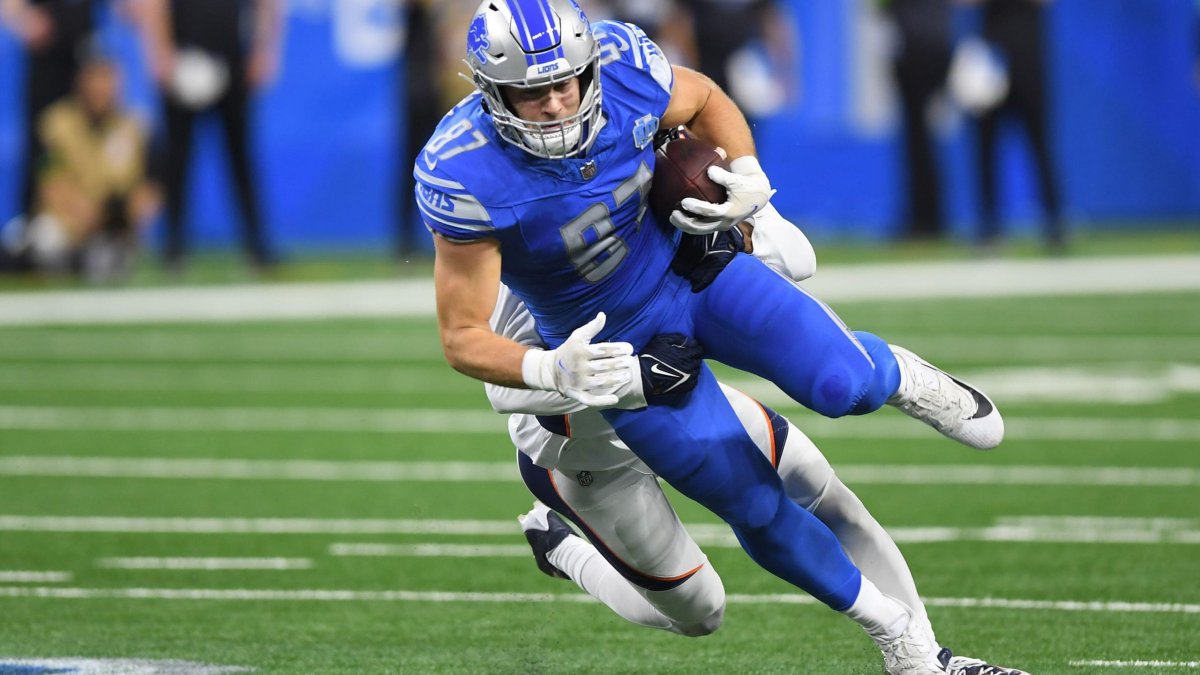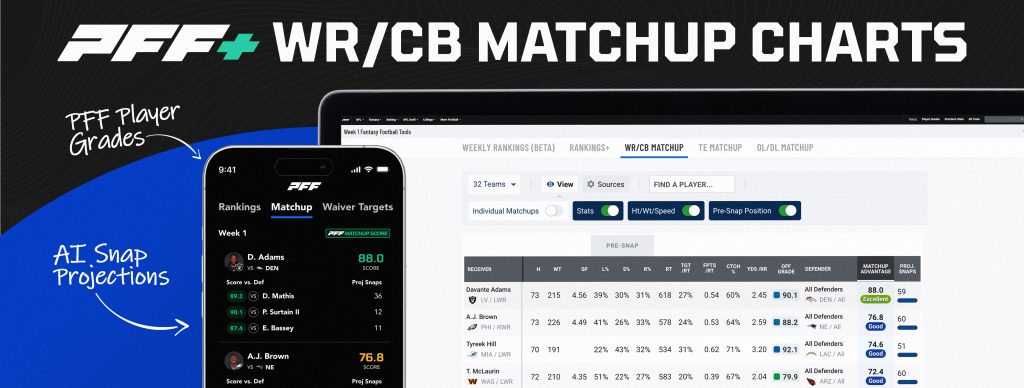• Don’t be afraid to spend your FAAB: For those with a free agent acquisition budget (FAAB) waiver system, frugality isn’t always a winning quality.
• Use ADP as a guideline, not a bible: Average draft position data can be a helpful tool in assessing a player’s value among the general public. However, you should never be afraid to go against the grain to reach (or avoid) players at their current price if your evaluation of the player in question doesn’t quite match up.
• Don’t give up: All too often, fantasy managers will give up after a slow start to the season. If you stay strong through the season, however, you might just catch your league mates letting off the gas just in time for a late-season comeback.
Estimated reading time: 7 minutes
With the 2023 fantasy football season officially in the books, it’s time to look back and reflect on what we did right and, more importantly, what we can do better in the seasons to come. Here are five lessons I learned in my fantasy football leagues this season and how we can use those lessons to improve our performance in the seasons to come.
FAAB is for spending
Not for sitting in your pocket.
After all, you can’t take it with you into the next season, can you? For those unfamiliar, FAAB (short for free-agent acquisition budget) is a type of waiver wire system in which fantasy managers start the season with a certain budget (usually $100). As waivers run, managers are tasked to submit “bids” with an assigned dollar value. The highest bid wins the waiver wire claim for said player, and their bid value is subtracted from their budget. The trick to these waiver systems is to responsibly manage your budget throughout the season. If you blow through your entire budget too early, you might find yourself in a pickle in a week of need. If you’re too frugal from the jump, however, you could just miss out on a potential league winner.
In Week 1, it was Los Angeles Rams wide receiver Puka Nacua. In Week 2, it was Kyren Williams. After Week 3, it was De’Von Achane. If you’d ended up with any of these players on your roster, they probably won you several weeks (if not your entire league, as was the case with Nacua and Williams). The point is, those who were willing to spend up on these assets early were handsomely rewarded with a stud. If you’re always saving your FAAB just in case something better comes along and you want to be prepared, you’ll probably miss out on a game-changing asset in the process.
Use average draft position (ADP) data as a guideline, not a bible
Approaching the fantasy football season, consensus rankings from the biggest names in the industry will undoubtedly begin to shape the draft tendencies of fantasy football managers worldwide. Those drafting tendencies are then aggregated by various sites (like FantasyPros) to provide users with real-time data regarding the average draft position of players as drafts are conducted leading up to the season. Though this information can be immensely helpful as a tool in terms of figuring out how one of your league-mates might value a given player, far too often fantasy managers can feel pressure to abide by ADP data rather than their own assessments.
For instance, have you ever drafted a player just because he was “supposed” to be a value at the point he was being drafted? (For me, that was Cam Akers at RB22!) Or, maybe you’ve avoided taking a player early, even despite the fact that your evaluation told you that player was a rockstar in the making? For me, that was rookie wideout Tank Dell, who I could have drafted with one of my last picks in the draft, but instead, I let my loyalty to ADP get the best of me only to fight for him on the waiver wire later!
Don’t draft a player in a certain round or avoid taking them in a place you think is reasonable just because the ADP disagrees. ADP is a tool with which to draft — not a road map you can’t deviate from when your own analysis and instincts tell you to.
Don’t give up after a slow start
If you get off to a 1-3 start in your fantasy football leagues, it can be a challenge to remain engaged. After all, climbing out of a hole that deep can feel insurmountable. However, knowing the ebbs and flows of a fantasy league, there are plenty of reasons to not give up on your league, even when the comeback feels improbable.
Some of those managers who drafted well and got off to a 4-0 start? They might ease up midseason and be less aggressive with their waiver wire acquisitions or become less active in the trade market. Sometimes, those early winners get complacent, which can lead to a mid- or late-season skid. On the flip side, knowing that there are plenty of others who don’t have your staying power after that slow start, you could be that one team to maintain the edge. You’re not eliminated until you’re eliminated, so don’t let your record influence your level of effort or engagement until that’s the case.
Sometimes, the best draft picks are the ones you didn’t make
Were you crushed that you didn’t get to draft RB Austin Ekeler or TE Travis Kelce in the first round of your fantasy football drafts? Or, maybe it was missing out on RB Tony Pollard, QB Patrick Mahomes or WR Cooper Kupp in the second round that kept you up at night. Regardless, the lesson remains the same – sometimes the best draft picks are the ones you missed out on. Don’t tilt at the draft because you didn’t get your guy. Sometimes it really is a blessing in disguise.
Rookie tight ends aren’t all that bad
In fact, sometimes, they’re really, really good – like, historically good. In fact, with 81 receptions, 860 receiving yards and nine touchdowns this season, Detroit Lions tight end Sam LaPorta has officially scored the most fantasy points by a rookie tight end ever. Atlanta Falcons tight end Kyle Pitts had previously held that record on the back of his 1,026 receiving yard season, but after the year of our great Sam LaPorta (2023), that record is no more.
It wasn’t just LaPorta that shined as a rookie, either. Buffalo Bills TE Dalton Kincaid went on a midseason tear before a change at offensive coordinator that more heavily emphasized the run and usage of running backs in the receiving game. In Weeks 7-12, Kincaid averaged 14.1 fantasy points per game (full-PPR) as the overall TE3 in that span.
Though high-quality receiving tight ends don’t grow on trees, it’s worth noting the circumstances that helped perpetuate the breakouts. Both of these tight ends had early draft capital and were primarily utilized as receivers on passing down snaps. LaPorta ran a route on 88.8% of passing down snaps played during his four seasons at Iowa. Kincaid, meanwhile, ran a route on 87.3% of passing down snaps over his five seasons. When a tight end who’s primarily been used as a receiver throughout his collegiate career is drafted early, it sure does seem reasonable to expect that will also be the case to kick off their NFL career.





 © 2024 PFF - all rights reserved.
© 2024 PFF - all rights reserved.